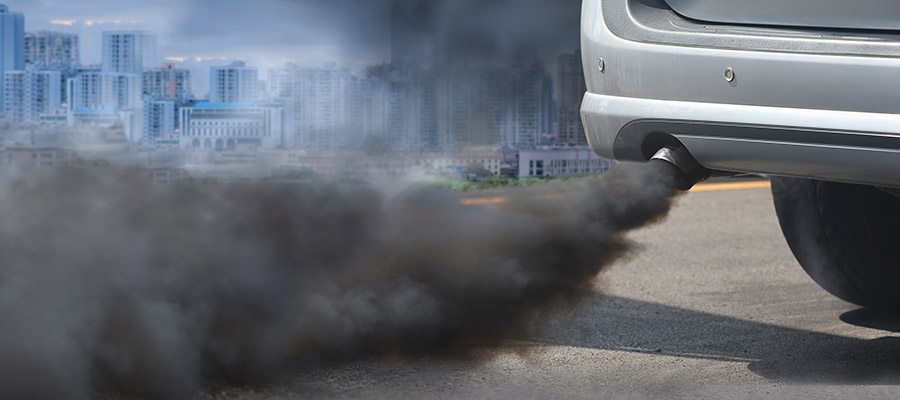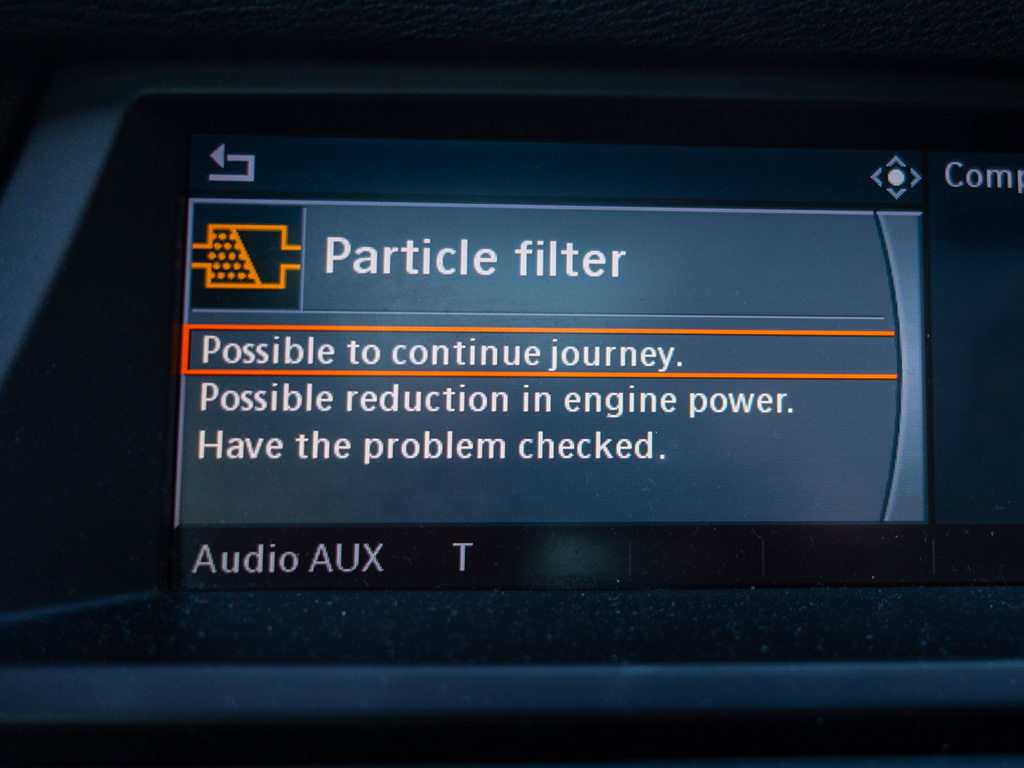All modern diesel cars have a DPF and, if you don’t use the car properly, it can cause expensive problems. Here’s how to avoid DPF issues.
Diesel cars have been popular in the UK for the last couple of decades because they tend to offer better fuel economy on long drives than petrol alternatives. But diesel engines have a range of systems to reduce their emissions, including a diesel particulate filter (DPF), which can block and cause costly issues.
Diesel engines are built for high-mileage drivers, and shouldn’t only be used for short journeys. If you mainly drive around town, perhaps to the shops or your child’s nursery, then a diesel engine won’t be the best choice for you. If you drive on a variety of roads, or if you spend a lot of time on the motorway, you shouldn’t come across these problems. We don’t want to put you off buying a diesel car completely – it could suit your lifestyle perfectly – so it’s worth reading on to see how you can prevent issues occurring.
What does a DPF do, and what is a DPF regeneration?
A DPF is essentially a soot catcher – it’s a filter that captures the soot produced by diesel engines to reduce emissions. After a certain amount of soot builds up in the DPF, it’s burnt off to prevent the DPF from clogging up. To burn off the soot, the exhaust gases are heated to around 500 degrees.
This process is called DPF regeneration (regen, for short). Depending on your car, a DPF regen will happen every couple of hundred miles and generally takes 10-15 minutes. In most cars, the process is designed to happen in the background without the driver knowing – but that’s part of the reason why DPF issues have become so common.
What causes DPF failure?
Many diesel engine problems stem from a blocked DPF. The diesel particulate filter blocks when it’s not given a chance to burn off the soot. Doing lots of short journeys doesn’t give the DPF a chance to regen, and that’s why diesel engines need long journeys on a semi-regular basis.
To try and prevent DPF blockages, some diesel cars flash up a warning light or message to prompt you to give the car a longer run.
Is it OK to drive with a DPF light on?
A DPF warning light looks different from car-to-car, but generally it’ll look like an exhaust or some fumes with lots of dots in the middle – or you’ll get a text warning on a screen near the dials.
If it’s amber, the car is telling you that you need to continue driving. An amber DPF warning light comes up when the DPF is at risk of clogging, and you’ll need to keep driving for a period of time. Again, it varies, but you should drive for 20 or 30 minutes at speeds of more than 40mph. It might not be convenient to do this, but ignoring it could cause a lot of issues and big bills down the line.

A red DPF warning light means you should pull over and stop as soon as it’s safe. This will come up if you’ve ignored the amber warning or if there’s any serious problem with the exhaust emissions system. You’ll need to have your car towed to a garage for a forced regeneration or a replacement DPF. More on those later.
How to avoid DPF problems
The key to keeping your DPF working as it should is to do plenty of longer journeys, and to make sure the diesel regeneration cycles finish. Having an idea of what it does and how it works should give you the best chance of avoiding costly problems down the line.
If your fuel economy becomes a lot worse and you’re having to fill up more often, the car may be trying to do more DPF regens. This can be an early warning that it’s starting to clog up.
How do I know if my DPF is regenerating?
As mentioned, it might not be obvious that a DPF regeneration is occurring. The engine uses extra diesel to burn off the soot so, if your car has an instant MPG readout, the fuel economy figure will be lower than usual while the regen happens. Otherwise, there might be a light or an information screen. Check in your car’s handbook to see if it gives more details, or speak to the car manufacturer.
Can you turn off a diesel car during DPF regeneration?
If you realise that a DPF regen is happening, it’s best to keep driving until it’s finished. Obviously, that’s not always possible, and most diesel cars are designed to pause the cycle until you start driving again. Just be aware that doing this repeatedly over a period of time can cause engine damage, such as oil dilution or misfiring cylinders.
Can I clean a DPF myself?
If you suspect your DPF might be getting clogged up, the first thing to try is a DPF cleaner. Available from auto parts stores and even some supermarkets, DPF cleaners reportedly help to burn the soot off by lowering the temperature needed to start the burning process. Many of these products suggest that you’ll get more miles between regens – which could improve fuel economy – than if you don’t use them. You usually have to pour the bottle of DPF cleaner into the fuel pipe, and then it’ll work its way around the fuel system to the DPF. These products typically aren’t very expensive, but may help to reduce problems later on.

Otherwise, car maintenance obsessives and amateur mechanics may be able to manually remove the soot from a DPF. But, really, this is something we’d leave to professionals, as parts of the DPF can be fragile. And you probably don’t want loads of unburnt soot over yourself or your driveway.
DPF forced regeneration – how to regenerate a DPF
If the DPF is at risk of becoming blocked, you might be able to do a forced regeneration – or take it to a mechanic to do. This can be done with the car sitting stationary, and aims to burn off the soot quickly. It’s hardly treating your engine kindly, though, so a forced regeneration shouldn’t be your first port of call.
DPF cleaning cost and DPF replacement cost
If your DPF is full and a forced regeneration doesn’t work, you typically have two options. There are companies that can chemically clean your engine and DPF. Having a carbon clean typically costs a few hundred pounds. This may save your engine and massively increase its lifespan, but there’s no guarantee of long-term success.
Consistent DPF problems or very few miles between regens may mean it’s time for a replacement DPF. A new diesel particulate filter could cost several thousand pounds.
Is it illegal to remove a DPF?
It’s legal to remove a DPF, but it’s illegal to drive a car without a DPF if it came with one from the factory. A DPF can be removed for certain situations, such as for off-road use, but you can’t legally drive on the road if you’ve had a DPF delete done. While the MOT test requires only a visual check of the DPF – not a full check on how it works and if the filter inside is still there – you could be fined £1,000 if you’re caught driving a car that’s had its DPF removed.
What you’ve just read will probably be concerning, but diesel engines are still the best choice for some drivers. Medium to high-mileage drivers who keep up with scheduled servicing should have no problems with their DPFs.
Find your ideal used diesel car for sale at Motorpoint, or read about another emissions-reducing addition for diesel cars, AdBlue.


































